
What are Crypto Signals and How to Use them?

Click here to buy crypto from MEXC!
In the evolving world of cryptocurrency, investors and traders constantly seek out strategies to maximize their profits and minimize risks.
One tool that has risen in popularity to aid in this quest is the "crypto signal". But what exactly are these signals, and how can one effectively identify and utilize them? Dive in with us as we demystify crypto signals and provide you with actionable steps.
Understanding Crypto Signals
Definition - Crypto signals are trading suggestions or tips that advise either buying or selling a particular cryptocurrency at a specific price and time. These signals can come from manual research by seasoned experts, or they can be generated by automated algorithms and software based on certain indicators.
Purpose - Crypto signals serve to guide users in their trading decisions. They help traders identify potential buying or selling opportunities based on various factors such as market trends, data analysis, and historical information.
Origin of Crypto Signals
Expert Analysis - Some crypto signals are derived from the expertise of professional traders and analysts who spend significant time studying the market. They utilize both fundamental and technical analysis to predict potential market movements.
Automated Tools - With advancements in technology, several tools and software solutions have emerged that can generate crypto signals based on preset criteria, algorithms, or patterns. These tools often use a combination of indicators to produce these suggestions.
Key Components of a Crypto Signal
- Asset Name - This indicates which cryptocurrency should be considered for trading.
- Buy/Sell Indication - A signal will suggest whether to buy or sell the asset.
- Price Point - The specific price at which it's recommended to execute the trade.
- Stop Loss - A price level set to limit potential losses.
- Take Profit - A predetermined level at which to take your profits.
How to Identify Reliable Crypto Signals?
Recognizing a trustworthy crypto signal is crucial. Here's what to look out for -
Source Reputation - Always consider the reputation of the source providing the signal. Platforms or analysts with a proven track record tend to offer more reliable advice.
Transparency - Reputable signal providers often offer a rationale behind their suggestions, helping you understand their decision-making process.
Consistency - An effective crypto signal provider maintains consistency in their signal accuracy over time.
Feedback and Reviews - Checking out reviews and feedback from other users can give insights into the signal's reliability.
Avoiding 'Pump and Dump' Schemes’ - Be cautious of signals that promise unrealistically high returns. Such schemes artificially inflate the price of a cryptocurrency for personal benefit.
Must Read - Pump and Dump Schemes
Where to Find the Right Crypto Signals?
In the vast digital ocean of cryptocurrency, pinpointing trustworthy crypto signals can be challenging. However, sources like Token Metrics have transformed the quest.
Token Metrics, leveraging advanced AI technology, offers Price Prediction and trend signals that stand out for their accuracy and foresight. Instead of wading through countless uncertain sources, investors can rely on Token Metrics' sophisticated AI-driven insights.
These predictions and signals are not only based on vast amounts of historical data but are continually refined to reflect the ever-changing market dynamics.
With such a robust tool, investors gain a competitive edge, making well-informed decisions in a tumultuous crypto landscape.
Factors to Consider Before Initiating a Trade
Do Your Research - While signals can provide a great starting point, always conduct your own research before making a trading decision.
Diversify - Avoid putting all your funds into a single signal. Diversifying your trades can help manage risks.
Stay Updated - The cryptocurrency market is highly dynamic. Make sure to stay updated with the latest news and trends that might influence your trading decisions.
Employ Stop Losses - To ensure you do not incur significant losses, always set a stop loss when following a crypto signal.
Benefits of Crypto Signals
Their primary advantage is they offer timely insights, enabling traders to capitalize on potential market opportunities without incessant monitoring.
For beginners, signals demystify complex market patterns, providing a clearer roadmap for entry and exit points.
Advanced traders benefit from signals as supplemental data to their strategies, refining their decision-making process.
Automated signals, in particular, process vast datasets rapidly, delivering insights that manual analysis might overlook.
Furthermore, the inclusion of stop loss and take profit points in signals equips traders with a structured approach, helping manage risks and optimize potential returns, all while saving precious time and effort.
Risks Associated with Crypto Signals
While crypto signals provide valuable guidance, they're not without risks. Firstly, no signal, regardless of its source, can guarantee 100% accuracy due to the volatile nature of the crypto market.
Relying solely on signals without personal research can lead to uninformed decisions. Additionally, some unscrupulous sources may propagate misleading signals to manipulate asset prices, commonly termed as 'pump and dump' schemes.
Furthermore, automated signals, despite their algorithmic precision, might miss out on real-world events that can impact the market.
Thus, while signals are beneficial tools, they should be combined with personal diligence, market awareness, and a clear understanding of one's risk tolerance for optimal trading outcomes.
Click here to buy crypto from MEXC!
Frequently Asked Questions
Q1. What's the difference between manual and automated crypto signals?
Manual signals are derived from human analysis, considering both fundamental and technical factors. Automated signals, on the other hand, are generated by algorithms based on pre-defined criteria or patterns without human intervention.
Q2. Can I use crypto signals for long-term investments or just short-term trading?
While many crypto signals cater to short-term trading opportunities, some providers offer signals tailored for longer-term investments, highlighting broader market trends and potential long-term asset growth.
Q3. How often are crypto signals updated?
The frequency varies by provider. Some signals, especially automated ones, may update multiple times a day, while others, particularly manual analyses, might be less frequent.
Q4. Are there free crypto signal providers?
Yes, some platforms or individuals offer free signals. However, it's vital to assess their reliability, as quality might differ from paid services. Investors can also try Token Metrics free trial to use the platform.
Q5. How do I differentiate between legitimate and scam signal providers?
Always check the track record, user reviews, and transparency level of a provider. Avoid those promising unrealistically high returns or those without a clear rationale behind their signals.
Q6. Can crypto signals predict exact market movements?
No tool or expert can predict market movements with absolute certainty. Crypto signals provide informed suggestions based on analysis, but markets can be influenced by unforeseen events or news.
Q7. How can I integrate crypto signals into my existing trading strategy?
Crypto signals can serve as supplementary information. Cross-referencing signal data with your strategy can highlight alignment or discrepancies, allowing for refined decision-making.
Q8. Does market news impact the accuracy of crypto signals?
Absolutely. Major news or events can drastically shift market sentiment, potentially impacting the relevance of a signal. It's always advisable to stay updated with market news alongside using signals.
Conclusion
Crypto signals can be immensely beneficial tools in the toolkit of a cryptocurrency trader or investor. However, like all tools, their efficacy depends largely on their usage.
By understanding what these signals are, where they come from, and how to identify the reliable ones, you place yourself in a favorable position to make informed and strategic trading decisions.
Click here to buy crypto from MEXC!
Disclaimer
The information provided on this website does not constitute investment advice, financial advice, trading advice, or any other sort of advice and you should not treat any of the website's content as such.
Token Metrics does not recommend that any cryptocurrency should be bought, sold, or held by you. Do conduct your own due diligence and consult your financial advisor before making any investment decisions.

.svg)

Create Your Free Token Metrics Account

.png)




%201.svg)
%201.svg)


%201.svg)



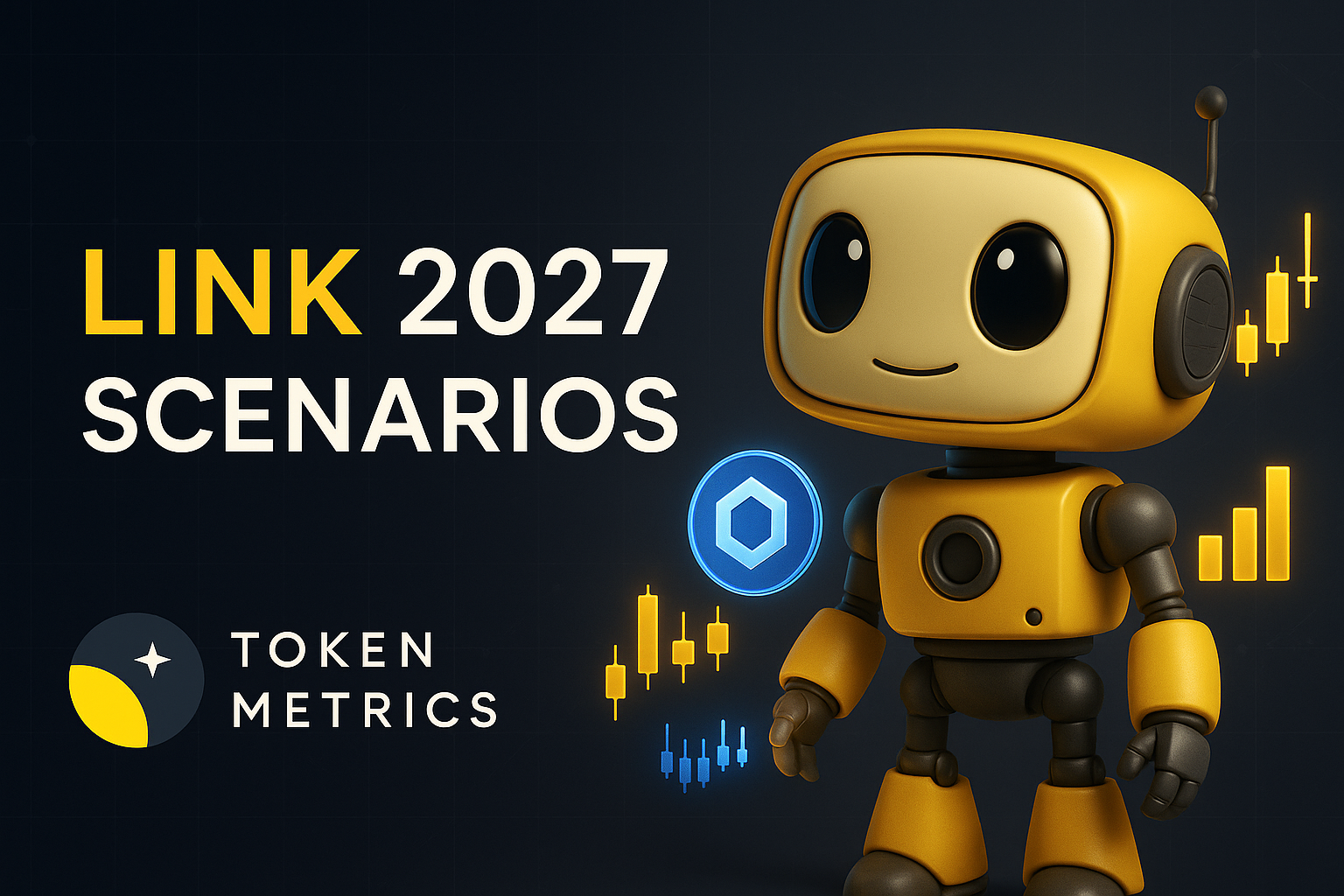

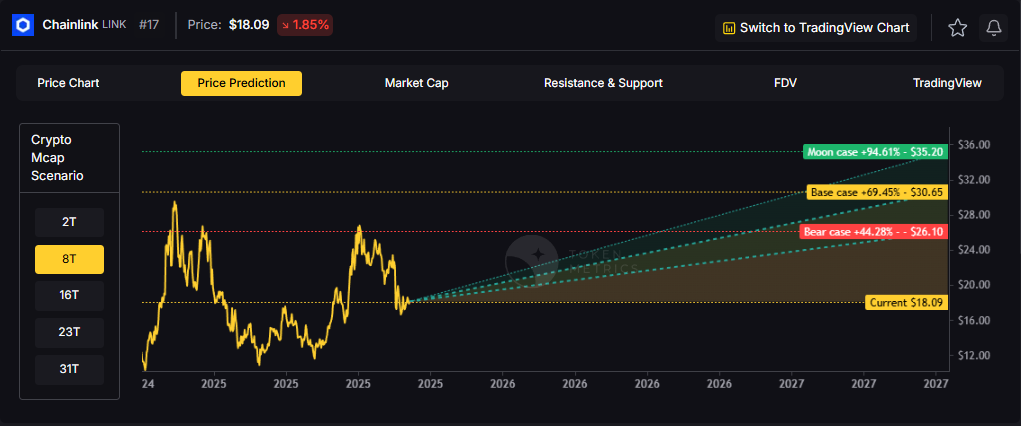
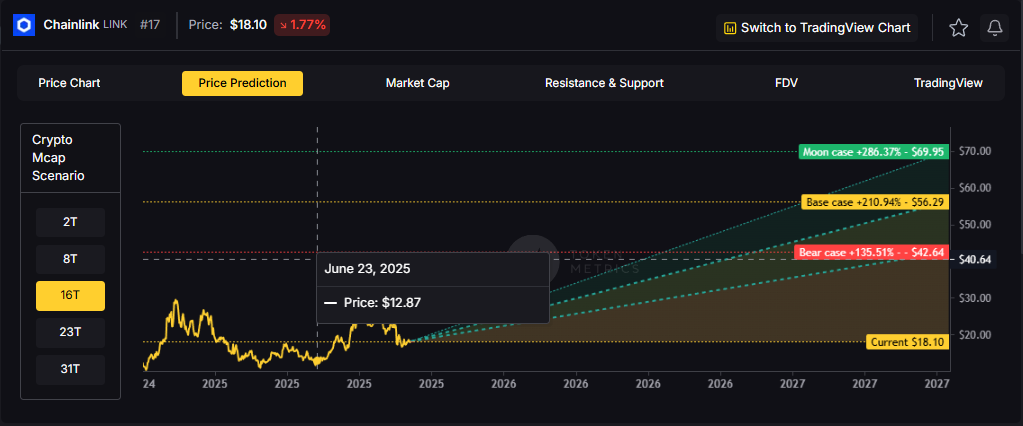

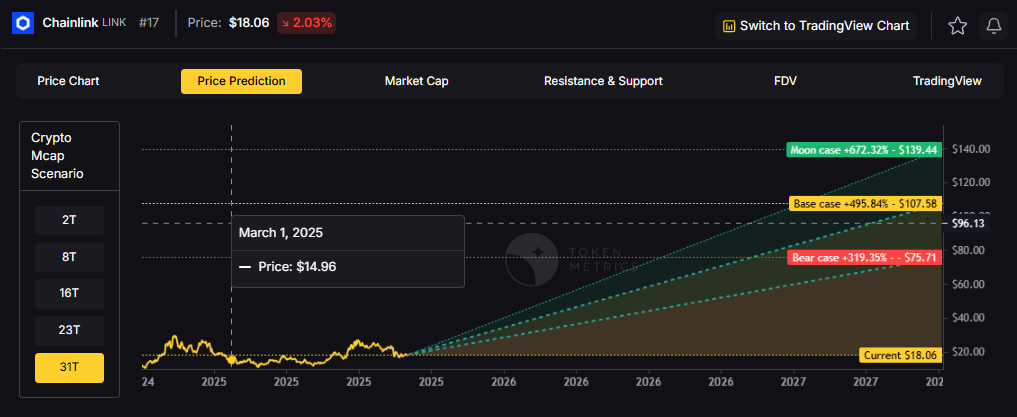
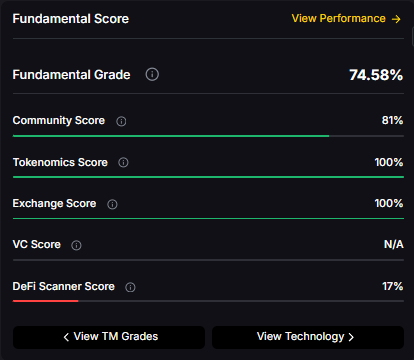



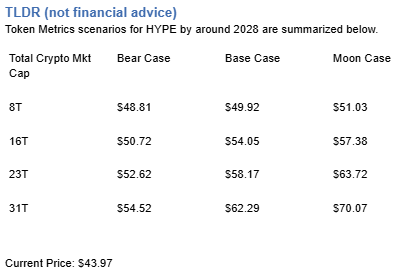



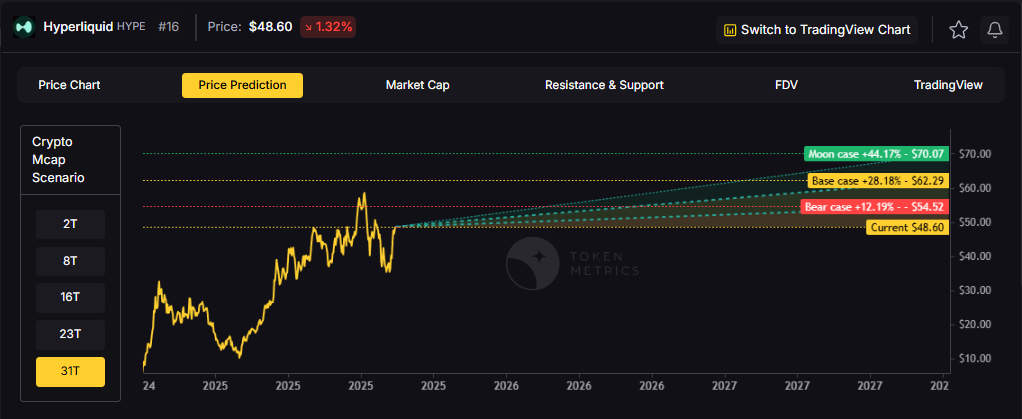

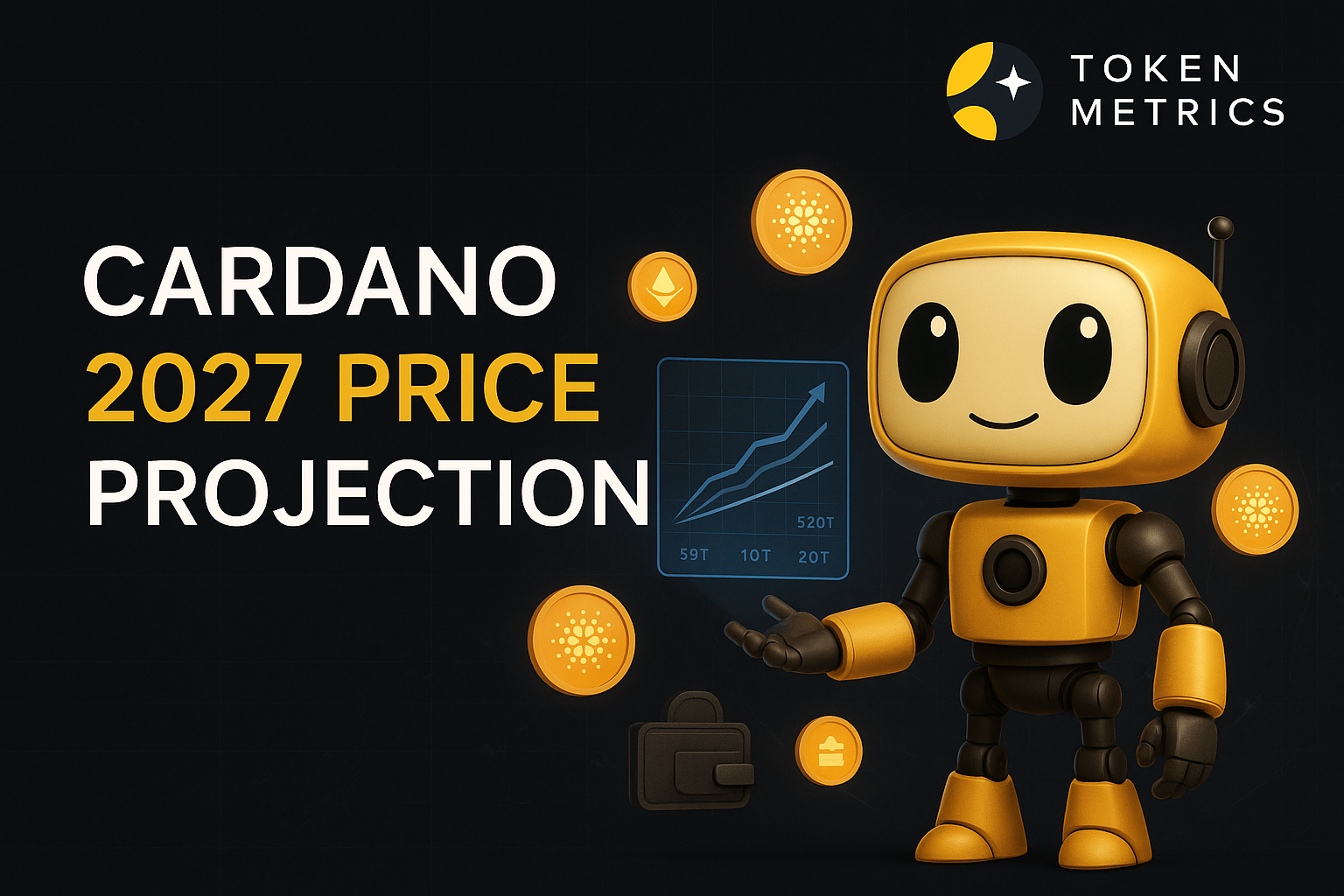
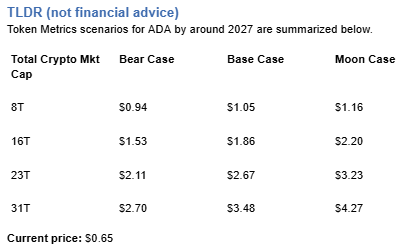
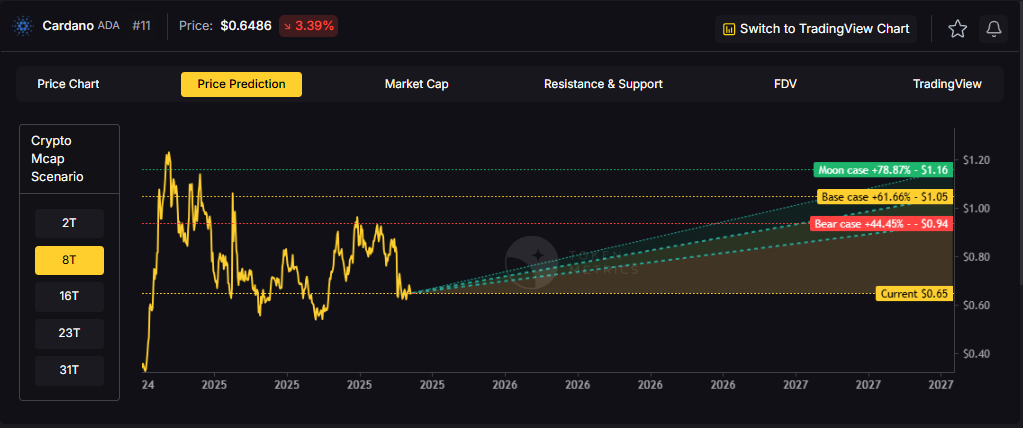
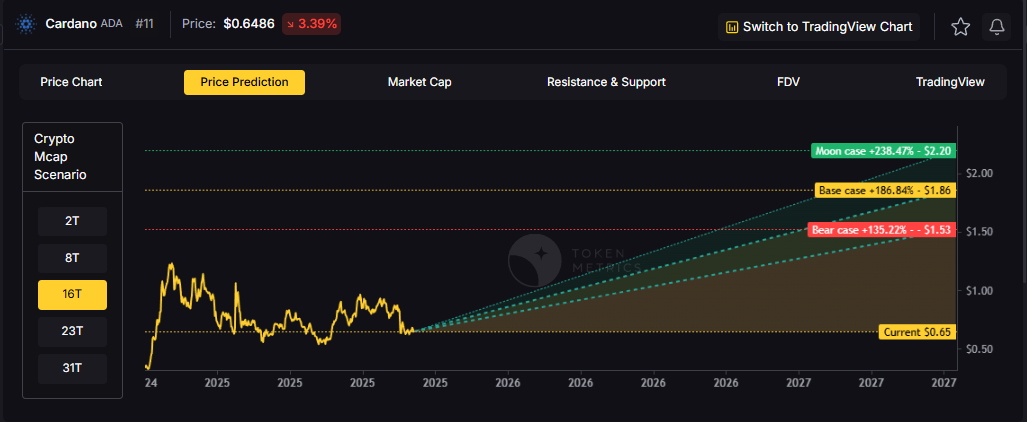


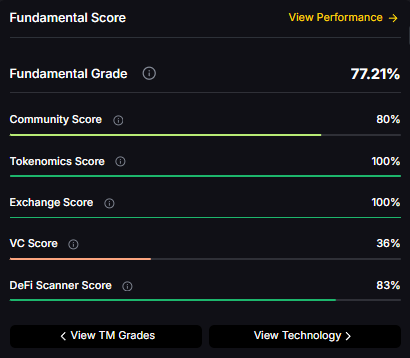
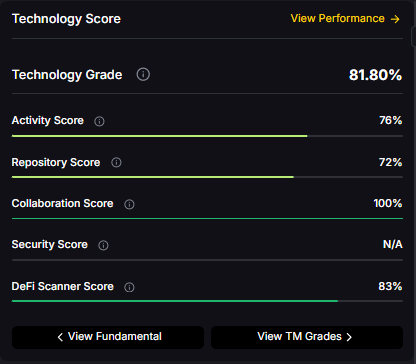




.svg)




.png)